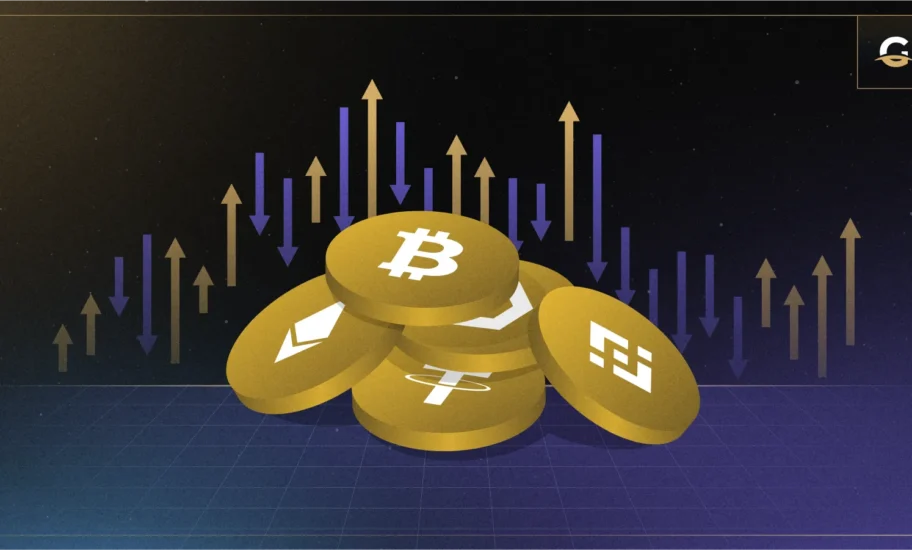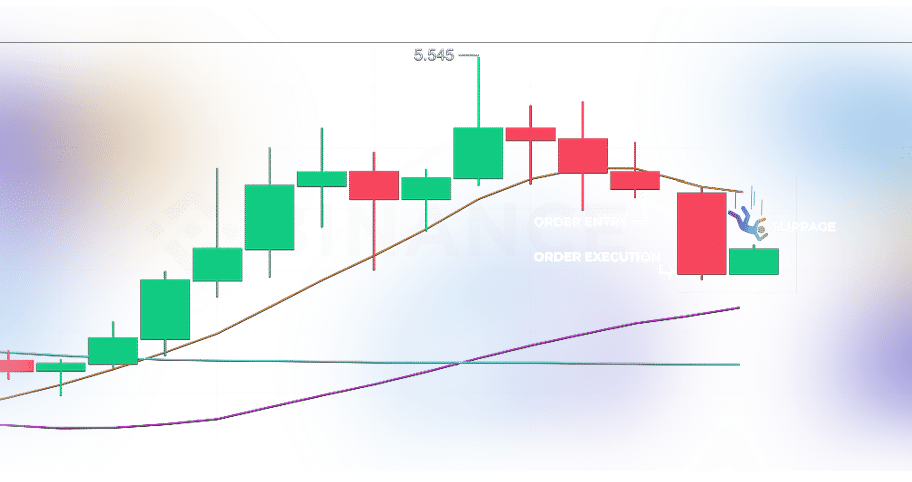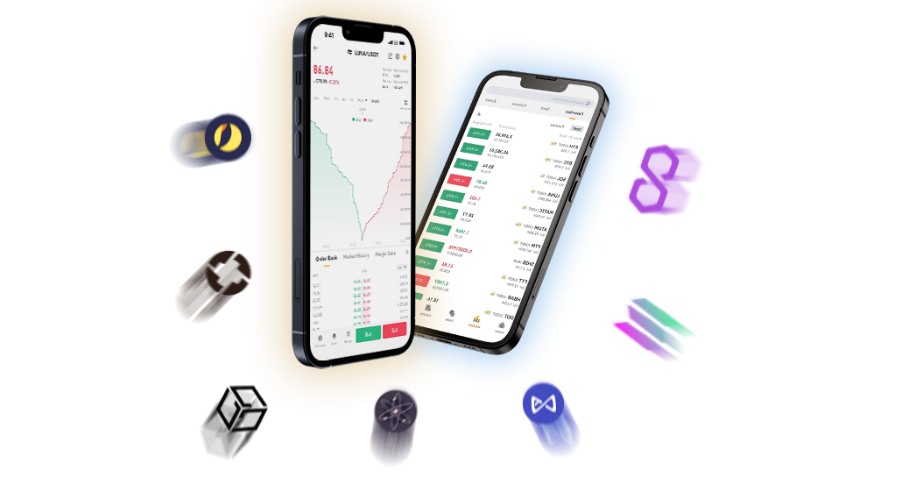
Volatility Isn’t the Villain: Why Market Fragility Is Crypto’s Real Risk
 6 minutes
6 minutes
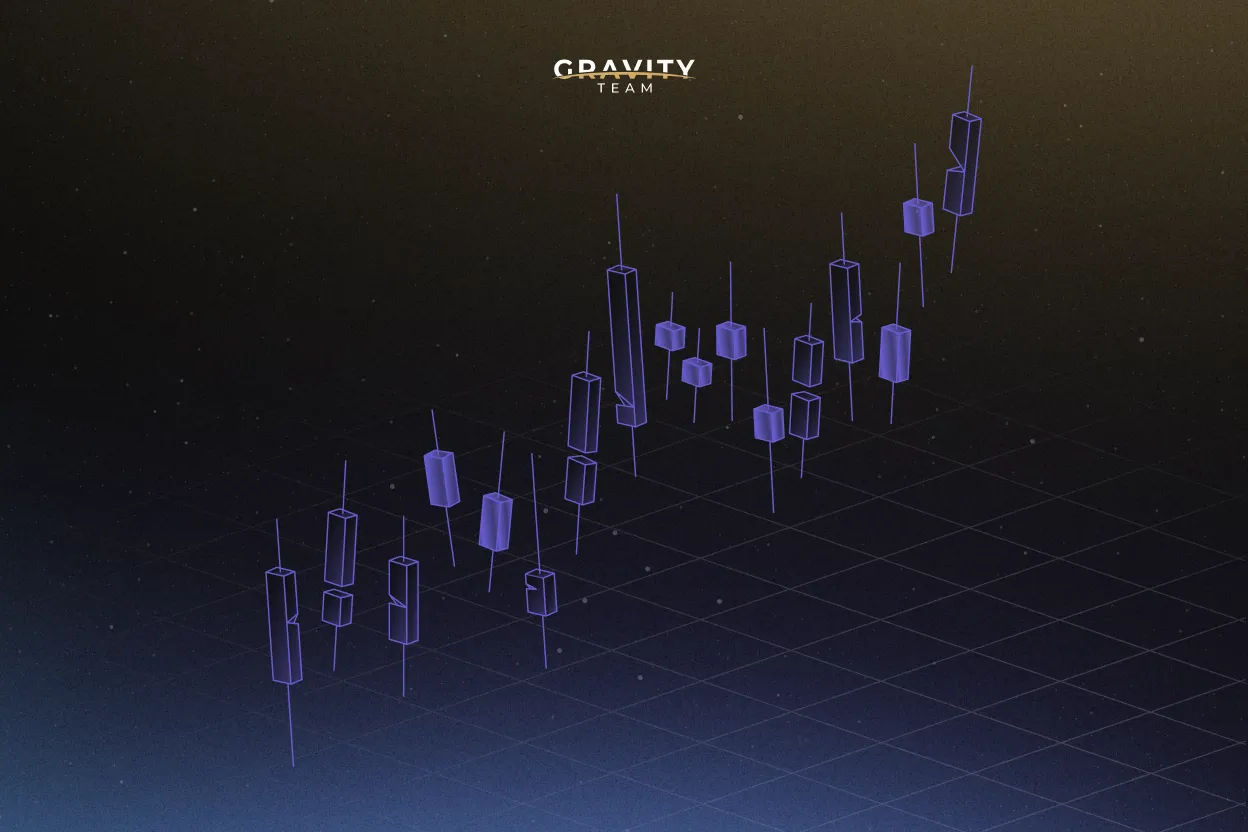
Crypto markets are notorious for their wild price swings, but focusing on volatility alone misses the true threat lurking beneath. Price swings grab headlines, but the bigger concern is how thin liquidity and fragmented venues can magnify shocks. A healthy market isn’t one without volatility. It’s one resilient enough to absorb it.
Volatility vs. Risk: Price Swings Are Normal, Not Fatal
Volatility means prices move up and down – sometimes dramatically so – but that alone doesn’t equal disaster. In fact, in investing, volatility is often just “the price you pay for growth”, not an inherent danger. Unlike true risk (such as permanent loss or systemic failure), volatility can even include positive swings and opportunities. Legendary investors like Warren Buffett have long noted that volatility is not the same as risk. It’s normal for a nascent asset class like crypto to be volatile as it undergoes price discovery. What matters is whether the market can withstand these swings without breaking.
- Volatility: Rapid price changes (up or down) grabs attention but is a natural feature of crypto’s growth.
- Risk (Fragility): Structural weaknesses, e.g. shallow liquidity or leverage, that can turn price moves into cascading failures.
In traditional finance, people often equate volatility with risk, but real risk is different. It’s the chance of losses that can’t be recovered, or a market that seizes up when stressed. Volatility is not dangerous by itself, it’s expected in crypto and even healthy to an extent. What is dangerous is a fragile market structure that cannot absorb even normal volatility. In a resilient market, prices can swing without causing a chain reaction of liquidations or exchange outages. In a fragile market, however, even a modest price dip can spiral into a crash due to thin order books and panicked reactions.
Thin Liquidity: Crypto’s Fragile Foundation
One of the biggest contributors to fragility is thin liquidity, a lack of depth in trading order books. During calm times, crypto order books might appear to have plenty of buy and sell orders. But beneath the surface lies fragility: order books that look robust during calm periods quickly thin out during a storm. When a wave of selling hits, if there aren’t enough buy orders waiting, prices plunge sharply until buyers are found. This means what looked like a deep market can collapse under pressure, as bids vanish when sentiment sours.
Real-world events have exposed this vulnerability. During the 2022 crypto downturn, even major tokens saw substantial slippage and widening spreads on top exchanges. In other words, prices fell faster and further than expected because liquidity dried up, there simply weren’t enough orders to absorb the selling. A healthy market requires sufficient liquidity at each price level to cushion big trades; in crypto, that cushion can evaporate fast when fear kicks in.
Example: Consider recent altcoin sell-offs. In July 2025, a sharp decline in several major altcoins resulted in over $200 million in long positions being liquidated. Why such an outsized impact? The moves happened “amid thin liquidity”, and high leverage only made things worse. Compared to Bitcoin, many altcoins have shallow order books. For instance, Bitcoin’s market depth is such that roughly $40 million on either side of the order book yields about 2% price slippage on large exchanges. In contrast, for a top 10 altcoin, only about $5–6 million of orders are present per side, meaning a mere $6 million sell order could move the altcoin’s price by 2%. In such conditions, even a moderate sell order or “fire hose” of sell-off from a big holder can overwhelm the thin liquidity and crash the price disproportionately.
Fragmented Markets Magnify Shocks
Another key factor behind crypto’s fragility is the fragmentation of liquidity across many venues. Unlike equities or FX, which tend to have centralised liquidity pools, crypto trading is split among dozens of exchanges worldwide (centralised and decentralised). This means the market’s overall liquidity is scattered, and prices can vary between platforms. Liquidity fragmentation persists in crypto markets, and with it, price discrepancies across exchanges. These discrepancies are usually small in calm periods but widen during market stress, as seen in various sell-offs.
This fragmented structure makes the market as a whole more fragile. A sudden sell order or liquidation on a smaller exchange can cause an outsized crash on that venue, triggering panic that spills over to larger platforms. Even within a single exchange, fragmentation can exist between trading pairs. (For instance, one exchange’s BTC-USD pair might be liquid while its BTC-EUR pair is much less so, causing isolated volatility. Liquidity dries up unevenly, which can create pockets of extreme turbulence that undermine overall market confidence.
Moreover, fragmentation encourages inconsistent liquidity support. Some exchanges or token projects might show high volume or tight spreads, but this can be misleading. Opportunistic actors (including some market makers) sometimes create an illusion of activity without real depth, via tactics like spoofing, wash trading, or simply pulling their orders when volatility hits. A token could appear to have a robust market across several exchanges, but if that liquidity isn’t cohesive or genuine, a single jolt can make it vanish. As one analysis put it, “what at first looks like a deep market in calm conditions can instantly collapse under pressure”, especially for smaller-cap coins. Liquidity for many Tier-2 tokens exists “without meaningful depth or cohesion” due to fragmented venues. In worst cases, liquidity isn’t just fragile, it can be simply fake.
Why Fragility Is More Dangerous Than Volatility
When we say “the real risk isn’t price, it’s fragility,” we mean that how the market handles price changes is more critical than the fact that prices change. Volatility in itself can be weathered by investors (indeed, many traders thrive on price swings). But fragility can lead to systemic breakdowns.
Example: A 10% price drop in a robust market might just shake out some speculators; in a fragile market, that same 10% drop can trigger mass liquidations, exchange halts and a crisis of confidence. It’s the cascade of failures, not the initial price move, that causes lasting damage.
Consider the difference between Bitcoin’s volatility and the Terra-Luna collapse of 2022. Bitcoin regularly moves double-digit percentages, and investors accept this as part of the game, often with the market bouncing back. In contrast, the Terra-Luna episode saw a stablecoin failure and liquidity crisis that erased tens of billions of value overnight. The price crash was dramatic, but the deeper issue was how fragile the system design was (reliance on an unsustainable peg mechanism, lack of market liquidity to support it). Fragility turned volatility into a death spiral.
In fragile markets, confidence is easily shaken. If traders fear that the market structure might fail (exchanges freezing, stablecoins breaking, no buyers at any price), they will react more fearfully to volatility. This can make sell-offs self-fulfilling prophecies. As one report described a potential crash scenario: “These aren’t your average panic-sellers. These are multi-billion-dollar fire hoses dumping into thin liquidity.” In other words, large institutional holders or funds might be forced to sell, and because the market’s liquidity is inadequate, their selling hits like a fire hose on a feeble structure. Fragility turns a price drop into a flood.
By contrast, in a resilient market, volatility can even have benefits. It can flush out weak hands, attract value buyers and allow the market to find a more stable footing. Some assets (like Bitcoin) have been described as antifragile, potentially getting stronger after surviving stress, as more people trust the robustness of the system.
Nassim Taleb’s concept of antifragility is useful here: “Antifragility is beyond resilience or robustness. Some things benefit from shocks; they thrive and grow when exposed to volatility.
We want crypto markets to be more like that; able to absorb shocks and bounce back stronger. Volatility in an antifragile system is not fatal; it’s learning. But fragility means even a small shock can break the system.
Building Resilience: Strengthening Crypto’s Liquidity
If fragility is the real risk, the solution is to bolster market resilience. This largely comes down to improving liquidity and market structure so that crypto can handle volatility gracefully. Here are a few key approaches:
- Deepen Crypto Liquidity Pools: Encouraging more liquidity on exchanges (both centralised and decentralised) is vital. This can involve incentivising market makers to provide tighter spreads and larger order book depth, especially for altcoins. More participants and capital in the market make it harder for any single sell-off to cause a crash. For example, Bitcoin’s greater liquidity is why it’s less prone to flash-crashes than small-cap tokens.
- Unify Fragmented Markets: Reducing fragmentation would go a long way toward stability. Currently, crypto liquidity is scattered across many platforms with isolated order books. Efforts to aggregate or unify these pools can make liquidity more robust. This might mean advanced aggregator tools that route orders to the best venues, or even deeper changes like cross-chain liquidity bridges at the protocol level. In fact, some next-generation blockchains are exploring built-in cross-chain routing to treat asset movement as a core feature, which could help “unify liquidity pools, reduce market fragmentation and ensure smooth capital flow across the market.” If a token’s liquidity is shared across the entire ecosystem rather than split into silos, a shock in one place can be absorbed by the whole.
- Transparency and Trust in Liquidity: Tackling the “fake liquidity” problem is also important. Regulators and industry groups can push for more transparent reporting of trading volumes and clamp down on wash trading. Projects should focus on real adoption and usage rather than artificially inflating metrics. When liquidity appears where it’s not (or disappears when you need it), it erodes trust fast. A resilient market is one where participants have confidence that the liquidity visible is actually there when volatility strikes.
- Better Risk Management Tools: Exchanges and protocols can implement safeguards to prevent cascade effects. This includes robust risk engines that can handle bursts of volatility (e.g. smarter margin call processes, circuit breakers to pause trading if things get disorderly, auto-deleveraging mechanisms in derivatives platforms to limit runaway liquidation loops). Some improvements have already been seen; for instance, crypto trading platforms have heavily invested in infrastructure to handle increased trade volumes without outages, which helps prevent chaos during surges. Higher trading throughput and faster matching engines mean the system can absorb more activity in short time frames, giving arbitragers and market makers a chance to respond and stabilize prices.
- Encourage Antifragility: Finally, the crypto community can embrace an antifragile mindset. This means acknowledging that volatility will happen and designing systems that learn and improve from stress. Decentralization itself can be a strength here, for example, Bitcoin’s network has no central point of failure, and its history of surviving crashes has arguably made it more trusted over time. By spreading out risk and ensuring no single player (or protocol) is “too big to fail,” the market becomes less fragile. Initiatives like decentralized liquidity pools and diversified collateral in DeFi can distribute risk more broadly.
Conclusion
Volatility will always be part of the crypto landscape, and that’s okay. Price gyrations, even steep ones, are not inherently catastrophic in a market that is prepared for them. The true peril is a fragile market where those gyrations meet an unstable foundation. Thin liquidity, fragmented trading venues, excessive leverage and opaque practices can turn volatility into vulnerability. The goal for crypto market participants (exchanges, developers, regulators, and yes, market makers like us) is to build a market infrastructure that is liquid, unified and robust.
When crypto markets have depth and flexibility, they can handle turbulence without coming apart at the seams. Instead of fearing volatility, we should focus on removing fragility. As we strengthen crypto’s liquidity and resilience, price swings will become mere waves on a sturdy ship, not holes threatening to sink it. In the end, the real risk isn’t the storm itself, but a ship too frail to weather it. By fortifying the hull (market structure and liquidity), we ensure that even in rough seas, crypto can stay afloat and keep sailing toward the future.
Further Reading
- Cointelegraph: “TradFi’s deep liquidity issue is crypto’s silent structural risk” cointelegraph.com
- CoinDesk: Altcoin Season Takes Breather, Heavy Losses Amid Thin Liquidity coindesk.com
- Kaiko Research: “How is crypto liquidity fragmentation impacting markets?” research.kaiko.com
- 99Bitcoins: “Next Crypto Crash: 6 Major Risks to Watch in 2025” 99bitcoins.com
- CoinMarketCap Glossary: “Anti-Fragile” coinmarketcap.com
- Raymond James Blog: “Volatility is Not Risk” raymondjames.ca
Contact Us
We are always open to discussing new ideas. Do reach out if you are an exchange or a project looking for liquidity; an algorithmic trader or a software developer looking to improve the markets with us or just have a great idea you can’t wait to share with us!




































